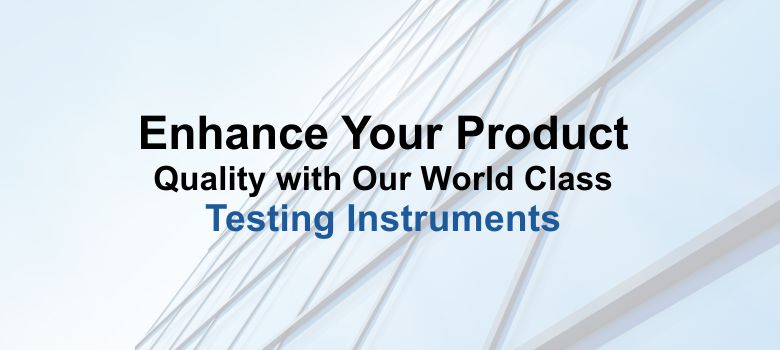
Give Your Automotive Components Better Protection during Transportation
 As the automobile industry is increasing its reach day by day, there are increased concerns about the quality and safety of the automobiles used by the customers. The manufacturers need to ensure the best possible quality of the components used in their automobiles to make sure that the automobiles work with their best efficiency and performance. When it comes to the efficiency of any car or vehicle, several factors make a big difference in the quality of the products. The manufacturers need to understand that apart from the design and engineering, the manufacturers also need to ensure that the quality of components that the vendors are providing them are properly tested for quality of the products.
As the automobile industry is increasing its reach day by day, there are increased concerns about the quality and safety of the automobiles used by the customers. The manufacturers need to ensure the best possible quality of the components used in their automobiles to make sure that the automobiles work with their best efficiency and performance. When it comes to the efficiency of any car or vehicle, several factors make a big difference in the quality of the products. The manufacturers need to understand that apart from the design and engineering, the manufacturers also need to ensure that the quality of components that the vendors are providing them are properly tested for quality of the products.
In addition to that, the auto components need to be protected during their transportation from any sort of impacts or contact with external factors. The manufacturers of auto components need to test the packaging materials that they are using for their products so that no forces or impacts are able to affect the integrity or quality of the products. The packaging containers that are used for shipping auto components need to be tested for their strength and ability to resist any deformation because of a force exerted on them due to the impacts and forces they face during their journey.
The strength of any packaging containers can be determined by analysing the compressive strength of the containers. The compressive strength means the maximum amount of force that the container can bear without causing any deflection in the shape of the container or damage to its integrity. To test the compressive strength of the packaging boxes, the testing instrument that is used is called box compression tester. It is the instrument is used for simulating the actual force that acts upon them during transportation as well as usage. When the force is exerted on the test specimen during usage, the force applied is recorded by the load sensor. This gives compression strength of the packaging containers. After determining the compressive strength of the containers, the manufacturers can determine the stacking ability of the containers when being stored or transported.
Analysing box compression strength of the containers helps the manufacturers in ensuring that there will be not damage done to the boxes and the auto parts inside them because of the extreme stacking and compressive forces being exerted on them and hence the best quality of products could be delivered to the clients.

